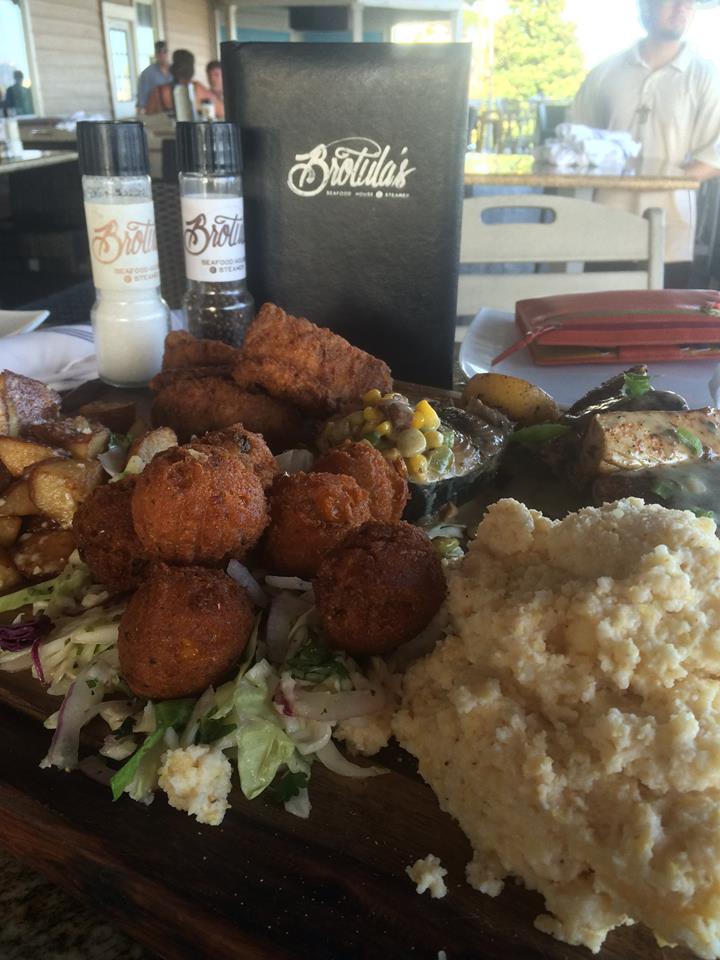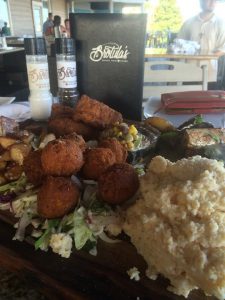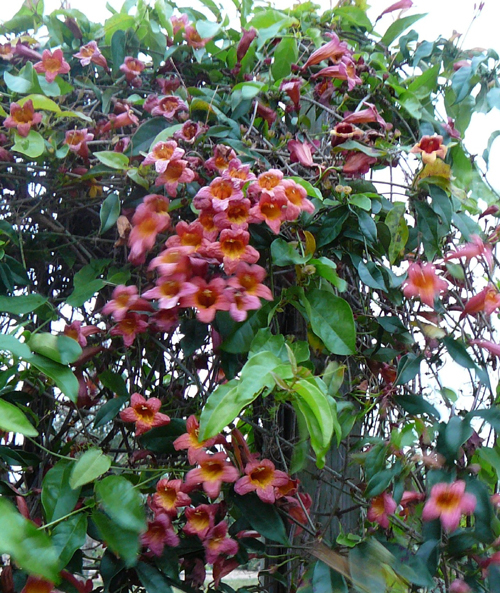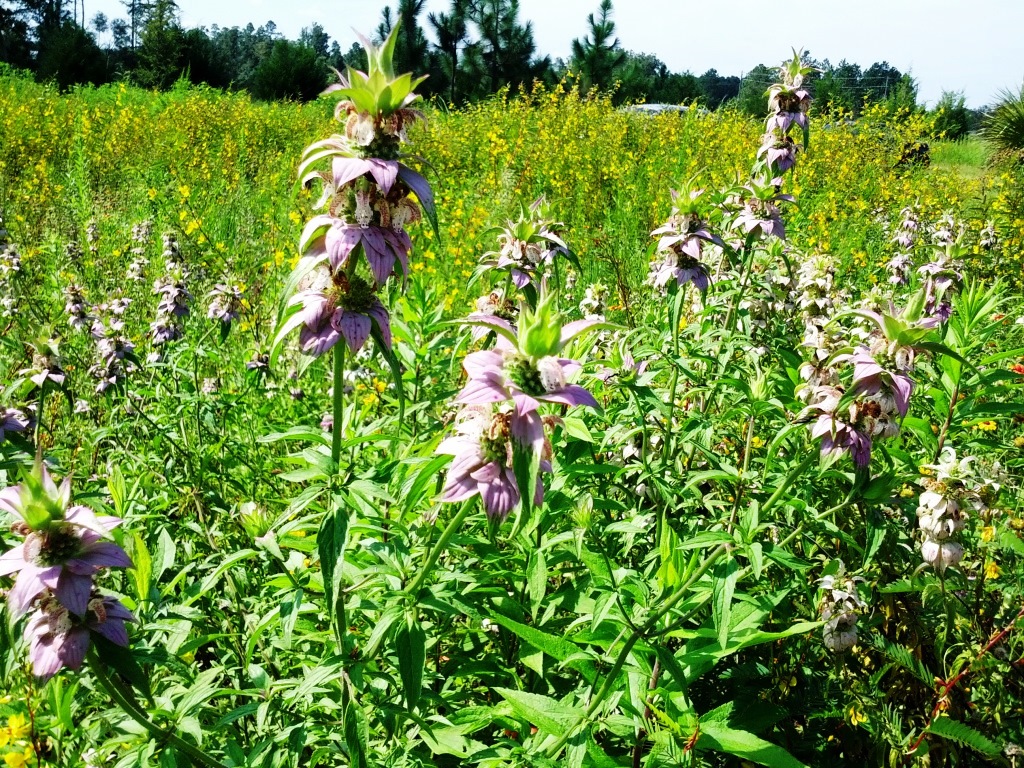
by Rick O'Connor | Oct 7, 2016
It’s October and it feels great outside. Time to fire up the grill and enjoy football with your favorite local seafood. So what’s in peak season this month?
Clams – cultured Cedar Key clams are always in season and can be purchased at some local markets.
Oysters – they like the cooler months, there are a lot of ways to prepare them but we recommend cooking them
White Shrimp – other varieties of shrimp are not in peak season at this time but still available
Spiny Lobster – the Florida (Spiny) lobster is still in peak season but more available in south Florida
Stone Crab – we are JUST entering peak season for these guys, but like lobster – they are more common in south Florida.
Flounder – a local favorite this time of year – we are in peak of peak season – enjoy.
Mullet – This is a local favorite with those along the Florida panhandle.
Snapper – these are in peak season year round, but harvesting regulations reduce their abundance at the markets – so you will need to check.
Yellowfin Tuna – these have been in peak season for most of the summer; we are on the down side of it.

The Striped Mullet.
Image: LSU Extension
SPECIES OF THE MONTH…. MULLET
This is one of those – “either you love them or you hate them” fish. It is not news that these are not a popular food fish in much of the Gulf region. In some locations that have an oily/muddy taste that does not appeal to many. In those areas the fish is still abundant but is used as bait. They are an oily fish and are preferred fried or smoked when fresh. Mullet that sit too long develop a strong fishy taste. Mullet roe has its fans… and its enemies. Andrew Zimmern (Bizarre Foods) – did not care for them. They were very popular in the Orient for a period of time, and the local mullet population suffered for it, but that fad has waned.
We actually have 3 species found in the northern Gulf. There are two that frequent the estuaries – the white and the striped mullet. As the name implies, striped mullet does have body stripes as adults. They grow a little larger than the whites and are the one of choice for eating. At times though, the stripes on the striped mullet are hard to see. What then?… well – the white mullet has 9 soft rays on their anal fin, the striped have 8… have fun counting those. Another way is to look at the operculum (the bony plate covering the gills). On FRESH mullet, the white will have a gold spot here that is missing on the striped. The iris of the white mullet has a gold stripe that runs vertically… on the striped mullet the entire iris is gold.
Both species are what we call euryhaline – meaning that can tolerate a wide range of salinities. Striped mullet have been found several hundred miles inland and in Baffin Bay TX (where the salinities can reach 70 ppt). The white mullet prefer saltier habitats and do not frequent the upper estuaries and rivers. White mullet gather and spawn in the spring, striped mullet spawn in the fall – both spawn offshore on the continental shelf.
If you have not tried fried mullet, or smoked mullet dip, give a chance and see what you think. As always – enjoy our local seafood.

by Laura Tiu | Oct 7, 2016
I’ve spent the past 25 years studying and growing fish. When folks find out I’m a fish head, I often get a lot of questions about the safety and sustainability of many seafood products. It seems that the media and other groups have done a good job of scaring and confusing the American public to the point that some forgo consuming seafood altogether. That is such a shame because seafood is great for human health. Seafood is typically high protein, low in fat and calories and bursting with good for you stuff like omega-3s.
Seafood is either wild caught, aquacultured (farm-raised), or both. Both wild fisheries and aquaculture have their pros and cons. Overfishing, illegal fishing, bycatch, habitat degradation and lack of effective regulation have led to declines in wild fisheries. Aquaculture has been plagued with claims of pollution, disease and escapees. With all this negative press, what is the consumer to do?
You can choose your seafood based on its sustainability. Sustainable seafood has been caught or farmed in sustainable ways. And there are several groups today that make choosing these sustainable product easy. Once such group is the Monterrey Bay Aquarium. Their Seafood Watch program makes it easy for you to choose seafood that’s fished or farmed in ways that have less impact on the environment.
Using science-based criteria and input from fisheries and aquaculture experts, Seafood Watch has developed standards and guiding principles to develop consumer friendly guides. The guides are specific to each state and there is even one for sushi. These printable guides fit easily into your wallet so that you can use them anytime you purchase seafood. The guide shows with seafood items are “Best Choices” or “Good Alternatives,” and which ones you should “Avoid.” They also have an app for android and IPhone making it easier than ever to get the latest recommendations for seafood and sushi, learn more about the seafood you eat, and locate or share businesses that serve sustainable seafood.
As consumers, we have a lot of power in the seafood marketplace. With over 75% of the world’s fisheries either fully fished or overfished, we need to make smart choices about the seafood we buy and consume. By supporting fisheries and fish farms that are working hard to limit their impact on the environment we help protect the seafood we love. By using the seafood guide for your region, you’re making choices based on the best available information and supporting environmentally friendly fisheries and aquaculture operations.

Brotula’s Restaurant in Destin, Florida will cook your fresh catch to perfection.

by Gary Knox | Oct 7, 2016
 A “Gardening for Pollinator Conservation” Workshop will take place Thursday, October 13, at the UF/IFAS North Florida Research and Education Center (NFREC) in Quincy. Pollinators are important in conserving native plants, ensuring a plentiful food supply, encouraging biodiversity and helping maintain a healthier ecological environment – – – the so-called “balance of nature.” Come learn how you can conserve and promote pollinators in your own garden, all while beautifying your own little piece of Nature.
A “Gardening for Pollinator Conservation” Workshop will take place Thursday, October 13, at the UF/IFAS North Florida Research and Education Center (NFREC) in Quincy. Pollinators are important in conserving native plants, ensuring a plentiful food supply, encouraging biodiversity and helping maintain a healthier ecological environment – – – the so-called “balance of nature.” Come learn how you can conserve and promote pollinators in your own garden, all while beautifying your own little piece of Nature.
As in previous years, nursery vendors will be selling pollinator plants at the Oct. 13 workshop, making it convenient for you to put into practice what you learn at the workshop! Registration is just $15 per person and includes lunch, refreshments, and handouts.
Check out the workshop details and register at: https://gardeningforpollinatorconservation.eventbrite.com/
What: Gardening for Pollinator Conservation
When: Thursday, October 13, 8:30 am to 5:00 pm EDT
Where: University of Florida/IFAS North Florida Research and Education Center, 155 Research Road, Quincy, FL. Located just north of I-10 Exit 181, 3 miles south of Quincy, off Pat Thomas Highway, SR 267.
Cost: $15 per person (includes lunch, refreshments and handouts)
Registration: https://gardeningforpollinatorconservation.eventbrite.com
For more information, contact: Gary Knox, gwknox@ufl.edu; 850.875.7105
For a printable Flyer click here: Gardening for Pollinators Workshop
Our workshop builds on previous successful pollinator workshops held at Leon Co. Extension last year and in Marianna in 2012. This workshop was developed as a collaboration of county faculty from several extension offices with folks from the Florida Fish & Wildlife Conservation Commission as well as UF/IFAS NFREC. Sponsors helping defray costs include Florida Native Plant Society – Magnolia Chapter, Gardening Friends of the Big Bend, Inc., Mail-Order Natives, and University of Florida/IFAS North Florida Research and Education Center.
We look forward to seeing you at the workshop!






